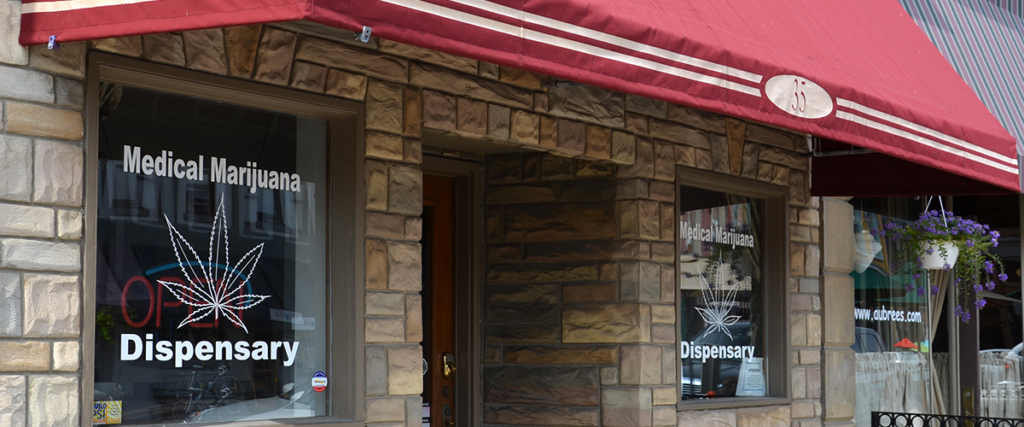The data shows that stores selling primarily alcohol and tobacco are linked to an increase in crime, but medical marijuana dispensaries are not.
Despite the common argument among cannabis opponents that the presence of marijuana dispensaries increases crime in nearby communities, evidence indicates that’s not the case. Data in a new study published in the journal Preventive Medicine shows that there is no link between neighborhood crime rates and the existence of medical marijuana dispensaries.
Researchers from the University of California, San Jose State University, and the University of Kansas analyzed crime rates in South Los Angeles and assessed whether there was a relationship between crime prevalence and the presence of retailers that sell marijuana, alcohol and tobacco. They used 2014 crime data to examine the geography of felony property and violent crimes occurring within 100, 200, 500, and 1,000-foot buffers of the three types of outlets.
The study, funded federally and partially supported by the Centers for Disease Control and Prevention (CDC), found that the presence of retail stores that sell primarily alcohol and tobacco are associated with an increased prevalence of neighborhood crime, while the presence of medical marijuana dispensaries is not.
“Results indicated that mean property and violent crime rates within 100-foot buffers of tobacco shops and alcohol outlets – but not MMDs (medical marijuana dispensaries) – substantially exceeded community-wide mean crime rates and rates around grocery/convenience stores,” the researchers concluded.
The study’s authors suggest multiple reasons for why dispensaries aren’t associated with increases in crime rates, including the additional security measures in place at medical marijuana dispensaries.
“Our research indicated that dispensaries were not linked to greater violent crime around their locations,” said Andrew Subica, one of the report’s co-authors, “likely for several reasons including that they often appear and disappear quickly in these communities while liquor and tobacco stores stay at one location for many years. Many dispensaries also have property safeguards like security guards and cameras to deter crime that liquor and tobacco stores may not.”
You can access the entire study, “The geography of crime and violence surrounding tobacco shops, medical marijuana dispensaries, and off-sale alcohol outlets in a large, urban low-income community of color,” at Science Direct

Dispensaries Make Neighborhoods Safer and Stronger?
The findings of the Preventive Medicine study are not the first to indicate that medical marijuana dispensaries can reduce crime and provide value to neighborhoods.
Investigators from the University of California, Irvine last year found that the closing of medical marijuana dispensaries caused about a 12 percent increase in crime in the surrounding area, suggesting that the presence of the dispensaries makes neighborhoods safer.
Researchers also found evidence that marijuana legalization has a positive impact on property values of homes located in the vicinity of retail cannabis stores.
A majority of American voters believe that marijuana legalization “makes societies better” and would be helpful in reducing crime. Even a majority of American police officers favor marijuana legalization to some degree, as it would free them up to concentrate on other issues.
Learn More About Medical Marijuana
While marijuana remains illegal federally, 29 U.S. states have passed their own laws permitting the possession and use of medical marijuana. Nine states have legalized recreational marijuana.
Is medical marijuana legal where you live? Find out by visiting our education page, or read through our Cannabis 101 articles to learn more about medical marijuana.






